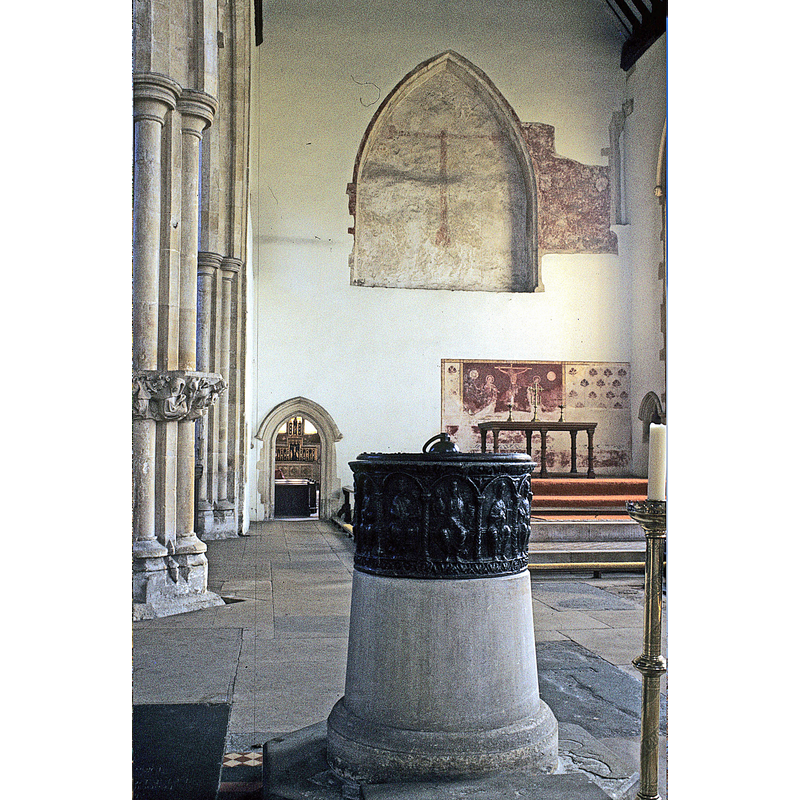Dorchester nr. Oxford / Dorchecestre / Dorchester-on-Thames / Dorchester abbey

Image copyright © Baptisteria Sacra Index, 2023
Results: 18 records
Apostle or saint - Apostles - in an arcade - seated - 11
Christ - Christ in Majesty - holding scroll in left hand - right hand raised in benediction
design element - architectural - arcade - round arches - 12 arches
design element - motifs - foliage
view of basin
Scene Description: as decorated for Christmas 2011
Copyright Statement: Image copyright © Peter Austin, 2011
Image Source: digital photograph taken 31 December 2011 by peet-astn/Peter Austin [www.flickr.com/photos/53366513@N00/6607709951/in/photostream/] [accessed 31 December 2011]
Copyright Instructions: Standing permission
view of basin - side 1
view of basin - side 2
view of basin - side 3
view of basin - side 4
view of church exterior - southwest view
view of church exterior - tower
view of church interior - nave - looking east
Scene Description: sometimes called the 'north' nave, by contrast with the south aisle, which is also called the 'south' nave
Copyright Statement: Image copyright © John Armagh, 2009
Image Source: digital photograph taken 26 April 2009 by John Armagh [http://en.wikipedia.org/wiki/File:DorchesterAbbey_Interior_Nave%26EastWindow.JPG] [accessed 31 December 2011]
Copyright Instructions: CC-BY-SA-3.0
view of font
view of font and cover
view of font and cover
Scene Description: as drawn by Grimm in 1773 -- note the disappeared pedestal base [15th-century?] and font cover [17th-century?]
Copyright Statement: Image copyright © British Library Bord, 2009
Image Source: 1773 ink-wash-on-paper drawing by Samuel Hieronymus Grimm (1733-1794) in the British Library Online Collections [www.bl.uk/onlinegallery/onlineex/topdrawings/a/largeimage85579.html] [accessed 11 December 2011]
Copyright Instructions: PERMISSION NOT AVAILABLE - IMAGE NOT FOR PUBLIC USE
view of font and cover in context
view of font and cover in context
INFORMATION
FontID: 00264DOR
Object Type: Baptismal Font1
Church/Chapel: Abbey church of St. Peter and St. Paul
Church Patron Saints: St. Peter & St. Paul
Church Location: High Street, Dorchester-on-Thames, Oxfordshire, OX10 7HH -- Tel.: +44 1865 340007
Country Name: England
Location: Oxfordshire, South East
Directions to Site: Located 13 km SSE of Oxford down the A4074
Ecclesiastic Region: Diocese of Oxford [formerly Dorchester, Wessex, Winchester, Mercia, Lindsey, Lincoln]
Historical Region: Dorchester Hundred
Font Location in Church: Inside the church, in the S nave aisle, W end, by "The People's Chapel" [cf. FontNotes]
Date: ca. 1170-1180?
Century and Period: 12th century (late?), Late Norman
Workshop/Group/Artisan: lead font
Cognate Fonts: The font at Lower Halstow font is similar, though not identical
Credit and Acknowledgements: We are grateful to the staff of Dorchester Abbey for the access and kind help provided during the on-site work on the font. We are also grateful to Colin Smith, Peter Austin and Tim Marlow for their photographs of this font
Church Notes: Of interest: The People's Chapel; a lovely 14th century corbel with meditating monks being tempted by devils (not sleeping as the Abbey guide indicates, the eyes of the monks are beautifully carved in a half-open stare); the tomb of Sarah Fletcher, a young woman who died "a martyr to excessive sensibility", etc.
Font Notes:
Click to view
There are three entries for this Dorchester [variant spelling] in the Domesday survey [http://domesdaymap.co.uk/place/SU5794/dorchester/] [accessed 2 November 2014], neither of which mentions a cleric or church in it. The font here is illustrated in Stukeley (1736) [Bodleian, MS Top. Eccles. D.6, f. 11r]. 1773 ink-wash-on-paper drawing by Samuel Hieronymus Grimm (1733-1794) in the British Library [Shelfmark: Additional MS 15545; Item number: f.149]; the font is illustrated on a quadrangular pedestal base decorated with crenellation at the top, and pairs of trefoiled arches on the sides; the cover on the font is pyramidal octagonal, with plains sides and a round finial. Listed in Gough (1792), in Britton (1838) and in Paley (1844) as a baptismal font made of lead. Described in Tymms (1834) as a font "of the time of Birinus, or 7th century, and of cast lead, considered by Stkeley and Gough as the most antient and perhaps only one of its kind in the world". Reported in Lewis' Dictionary of 1848: "The ancient font, partly of lead on a stone pedestal, sculptured with intersecting Norman arches, and with the history of Birinus, is still preserved". The Ecclesiastical and Architectural Topography of England: Oxfordshire (1850) notes: "the font is very curious; its upper part is of lead, with N[orman] arches and figures: it is set on a P[erpendicular] stone base, finished with a battlement, the workmanship of which is not very good." Gardner (1852) writes: "The font supposed by Stukeley and Gough, to be the only one of the kind in the world, is said to be of the time of Birinus". [NB: according to Catholic Encyclopedia [www.newadvent.org/cathen/02578a.htm] [accessed 30 June 2007], St. Birinus, aka Berin, was the first bishop of the diocese of Dorchester (Oxfordshire), apostle of Wessex and died in 650 AD.] Mentioned in The Church Builder (issue no. 47 January 1873: 20). Listed in Cox (1875). In Andre (1882) as Norman. Murray (1882) notes eleven figures on the sides, and dates the base to the Perpendicular period. Lethaby (1893) writes: "It is a very beautiful work, the figures are extremelly well modelled, and the whole in good condition, the lead of great substance." Described and illustrated in Bond (1908), who dates it to the late 12th or early 13th century and states that there are twelve Apostles on it. Kelly's Oxford Directory of 1911 [http://www.historicaldirectories.org/hd/d.asp] [accessed 30 June 2007] states that "the font is Norman work of lead", but notes that, "some, however, have supposed the font to be a relic of the old Saxon church". Described and illustrated in Zarnecki (1957), who dates the font to between 1170 and 1180; he states that: "six different blocks with figures were impressed in the mould, five of them twice", and describes the font as "a highly successful work of High Romanesque art". Ettlinger (1962) states errouneously that it is "lined with lead". In Sherwood & Pevsner (1974): "Of c. 1170. One of the best preserved lead fonts in the country, and the only one belonging to a monastic church to survive the Reformation". Jenkins (1999) writes that "the designs have been traced to workshops in the Bristol area, possibly under the influence of Carolingian craftsmen in Germany." The history of the font is documented and illustrated in Rodwell (2009), who traces the changes in the font and its bases, its moves from one part of the church to another, and other vicissitudes of its long life. An illustration from 1720 reproduced in Rodwell (ibid.), shows the font in the north side area between the tower and the steps to the pewed area east of it; a plan of the church by Orlando Jewit dating from just before the Victorian restoration and reproduced in Addington (1845) shows the font moved to the colonnade separating the eastern nave [crossing] from the south aisle; in Roland's plan of 1899 the font has been moved back to the western half of the church, in the south aisle, just south of the colonnade that separates it from the nave. Rodwell (2009) notes an octagonal stone base of the late-14th or early-15th century decorated with trefoiled windows, mouldings and crenellations, which was illustrated in two 19th-century sources [Mackenzie, in Skelton (1823), and Jewitt, in Addington (1845)], both reproduced in Rodwell's excellent study of the Abbey. On-site notes: the heavy 12th-century lead font is ornamented with 11 figures representing 11 of the Apostles [Judas Iscariot, as often happens, is left out] seated under elaborate round arches. Unlike the fonts of the St. Evroult-de-Montfort group, the Dorchester Abbey font is cast and of much thicker metal [NB: Rodwell notes that the font got a new bottom welded to it in the 19th century]. The present stone base is modern and stands on an octagonal plinth with a kneeling stone.
COORDINATES
Church Latitude & Longitude Decimal: 51.6437, -1.1644
Church Latitude & Longitude DMS: 51° 38′ 37.32″ N, 1° 9′ 51.84″ W
UTM: 30U 627008 5723006
MEDIUM AND MEASUREMENTS
Material: metal, lead [basin only]
Number of Pieces: one
Font Shape: tub-shaped (round)
Basin Interior Shape: round
Basin Exterior Shape: round
Rim Thickness: 4 cm
Diameter (inside rim): 58 cm
Diameter (includes rim): 66-67 cm / 62.5 cm*
Basin Depth: 35 cm
Height of Basin Side: 37 cm
Basin Total Height: 37 cm / 35 cm*
Height of Base: [modern]
Font Height (less Plinth): 37 cm
Notes on Measurements: BSI on-site -- *[Lethaby (1893)]
INSCRIPTION
Inscription Language: letters
Inscription Notes: Noted in Rodwell (2009) who mentions "a 17th-century appearance" in the style of the letters
Inscription Location: on some places of the font
Inscription Text: "IB" / "EB" / "IC"
LID INFORMATION
Date: modern? [mid-19th century?]
Material: wood
Apparatus: no
Notes: round and flat, with metal decoration and ring handle -- an earlier wooden cover, probably of the 17th century, may have been lost [cf. FontNotes]
REFERENCES
André, J. Lewis, "Leaden Fonts in Sussex", 32, Surrey Archaeological Collections, relating to the history and antiquities of the county, 1882
Batty, Robert Eaton, Some particulars connected with the history of baptismal fonts: being a paper read at the quarterly general meeting of the Architectural and Archaeological Society for the County of Buckingham, London: F. & J. Rivington, 1848
Bloxam, Matthew Holbeche, The Principles of Gothic ecclesiastical architecture, with an explanation of technical terms […], London: W. Kent, 1859
Bond, Francis, Fonts and Font Covers, London: Waterstone, 1985 c1908
Britton, John, A Dictionary of the Architecture and Archaeology of the Middle Ages, including […], London: Longman, Orne, Brown, Green, and Longmann, Paternoster Row, and the Author, Burton Street, 1838
Clarke, B., The British Gazetteer, poltical, commercial, ecclesiastical, and historical; showing [...], London: Published (for the proprietors) by H.G. Collins, 1852
Clayton, Brian C., "English Church Fonts of Ornamental Lead Work", X, no. 57, Apollo: a Journal of the Arts, 1929, pp. 133-138; p. 133-138
Cox, John Charles J., English Church Fittings Furniture and Accessories, London: B.T. Batsford, 1922
Cox, John Charles, 1875-1877
Cox, John Charles, English Church Furniture, New York: E.P. Dutton & Co., 1907
Crossley, Frederick Herbert, English Church Craftsmanship: an Introduction to the Work of the Mediaval Period and Some Account of Later Developments, London: B.T. Batsford, 1941
Davies, J.G., The Architectural Setting of Baptism, London: Barrie and Rockliff, 1962
Ettlinger, Ellen, "Folklore in Oxfordshire Churches", 73, 3 (Autumn 1962), Folklore, 1962, pp. 160-177; p. 170
Friar, Stephen, The Sutton Companion to Churches, Thrupp, Stroud (Gloucs.): Sutton Publishing, 2003
Gardner, Robert, History, gazetteer and directory of the County of Oxford, comprising [...], Peterborough: Printed and published by Robert Gardner, 1852
Gough, Richard, "Description of the old font in the Church of East Meon, Hampshire, 1789: with some observations on fonts", X, Archaeologia, 1792, pp. 183-209; p. 187
Jenkins, Simon, England's Thousand Best Churches, London and New York: Allen Lane, the Penguin Press, 1999 [2000 rev. printing]
Kelly, Kelly's Directory of Oxfordshire, London: Kelly's Directories Ltd., 1911
Lethaby, William Richard, Leadwork, old and ornamental, and for the most part English [...] with illustrations, London; New York: Macmillan & co., 1893
Lewis, Samuel, A Topographical Dictionary of England, Comprising the Several Counties, Cities, Boroughs, Corporate and Market Towns, Parishes, Chapelries, and Townships, and the Islands of Guernsy, Jersey, and Man, with Historical and Statistical Descriptions [...], London: S. Lewis, 1831
Moule, Thomas, The English counties delineated; or, A topographical description of England [...], London: George Virtue, 1837 [vol. 2]
Murray, John [the firm], Handbook for travellers in Berks. Bucks and Oxfordshire, including a [...], London: John Murray, 1882
Paley, Frederick Apthorp, Illustrations of Baptismal Fonts, London, UK: John van Voorst, 1844
Parker, John Henry, The Ecclesiastical and architectural topography of England: Oxfordshire, Oxford, London: Published under the sanction of the Central Commitee of the Archaeological Institute of Great Britain and Ireland [by] John Henry Parker, 1850
Pevsner, Nikolaus, Oxfordshire, Harmondsworth: Penguin Books, 1974
Rodwell, Warwick, Dorchester Abbey, Oxfordshire: the archaeology and architecture of a cathedral, monastery and parish church, Oxford: Oxbow Books, 2009
Tymms, Samuel, Family Topographer, being a compendious account of the antient and present state of the counties of England: vol. IV, Oxford circuit, London: Nichols & Son, 1834
Zarnecki, George, English Romanesque Lead Sculpture: Lead Fonts of the Twelfth Century, London: A. Tiranti, 1957
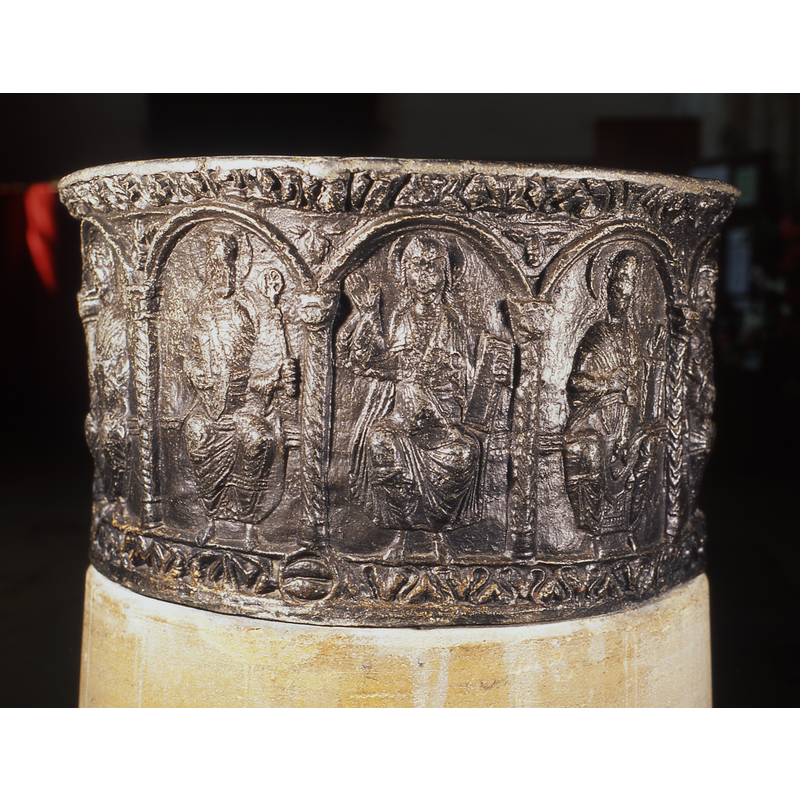
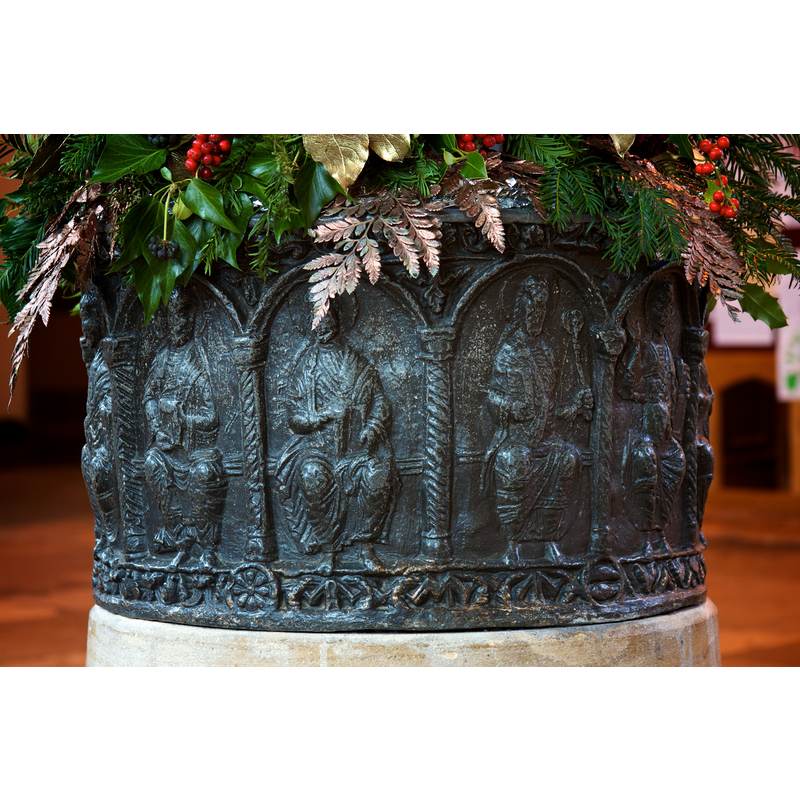
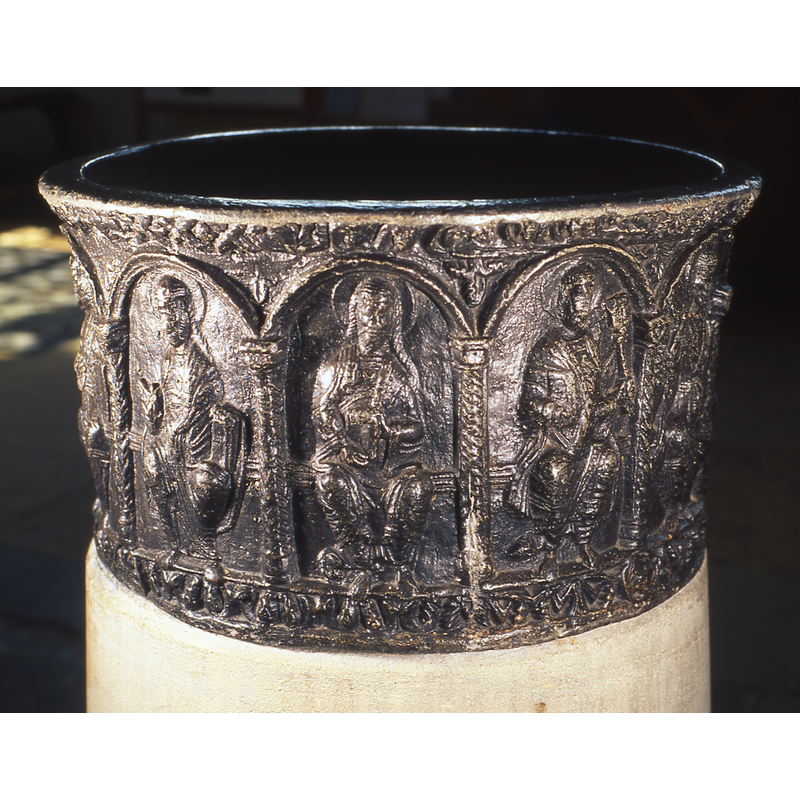
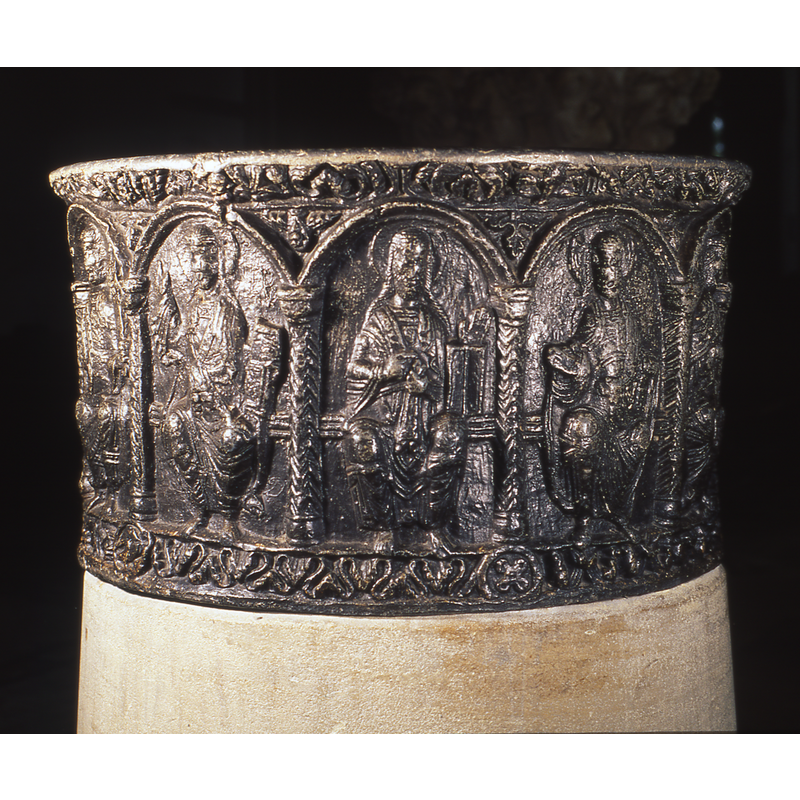
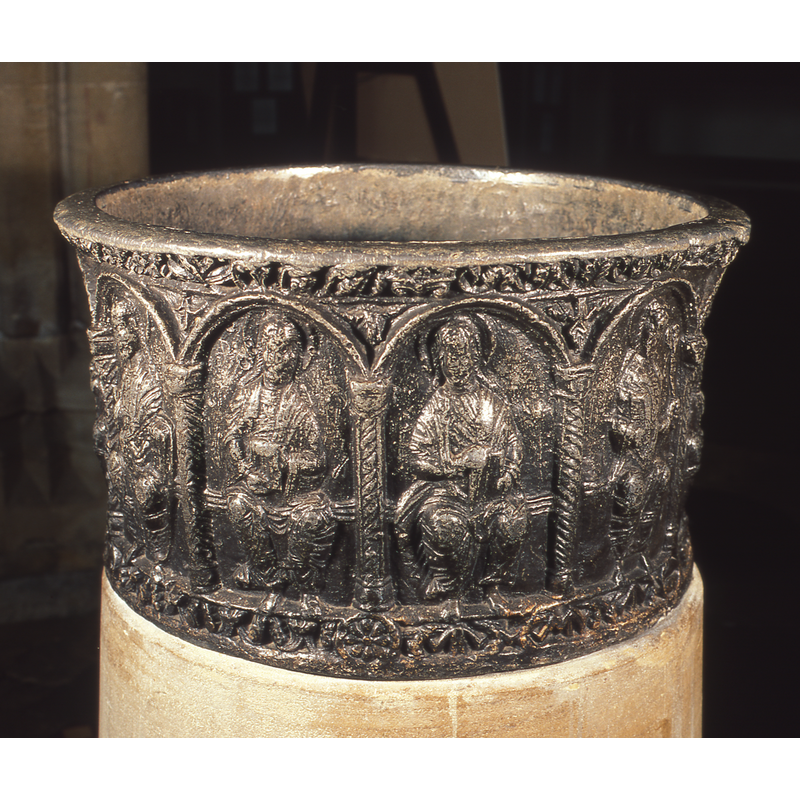
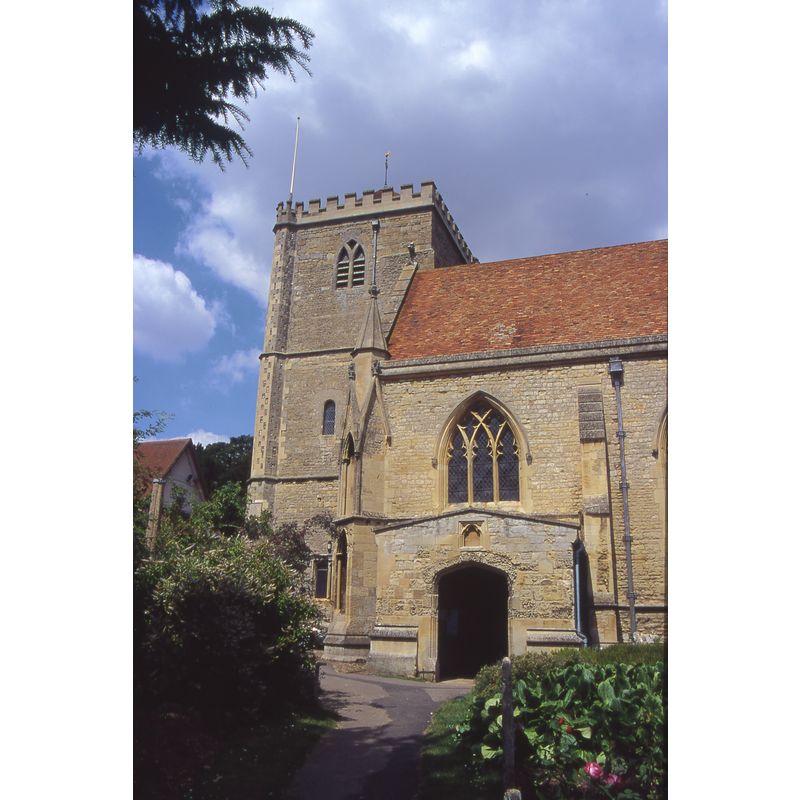

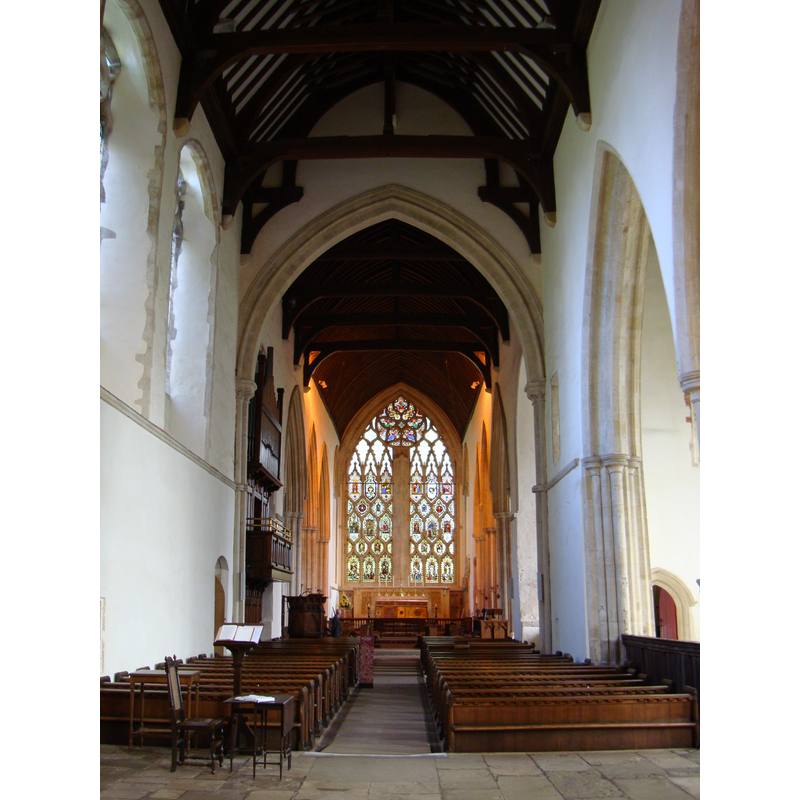

![as drawn by Grimm in 1773 -- note the disappeared pedestal base [15th-century?] and font cover [17th-century?]](/static-50478a99ec6f36a15d6234548c59f63da52304e5/others/permission_not_available.jpg)
